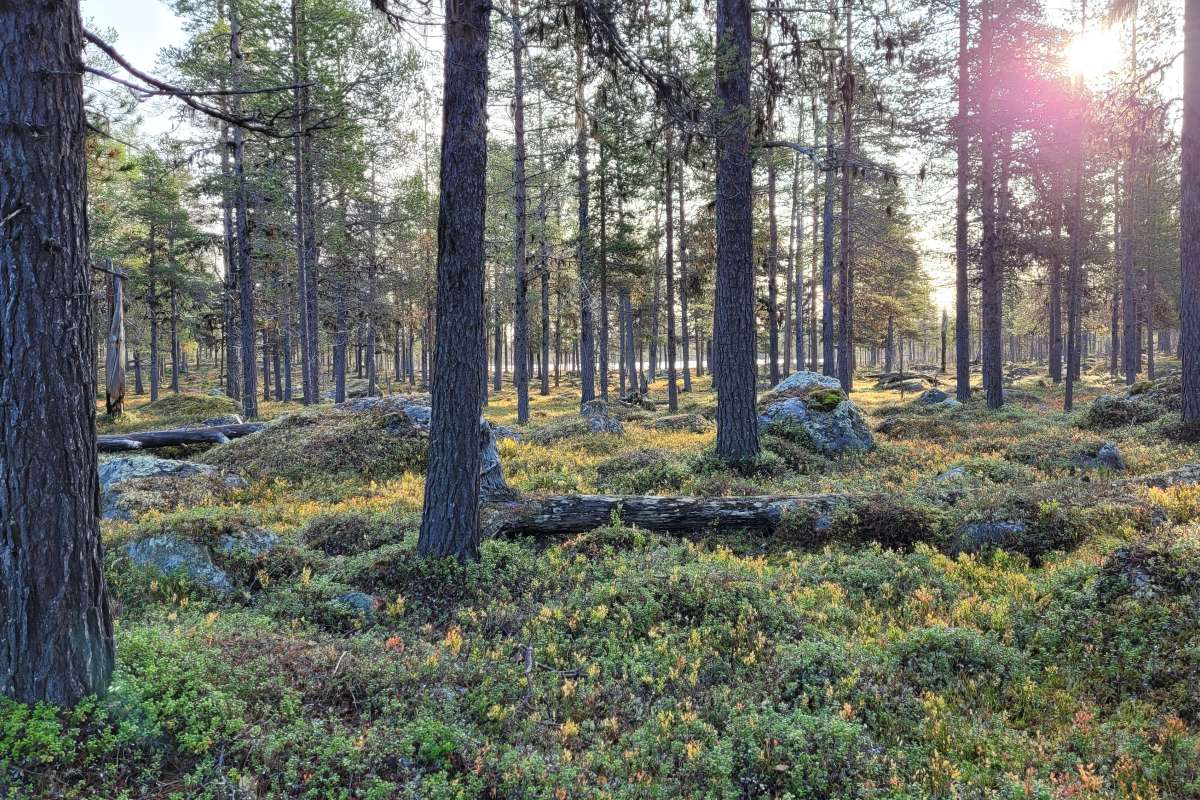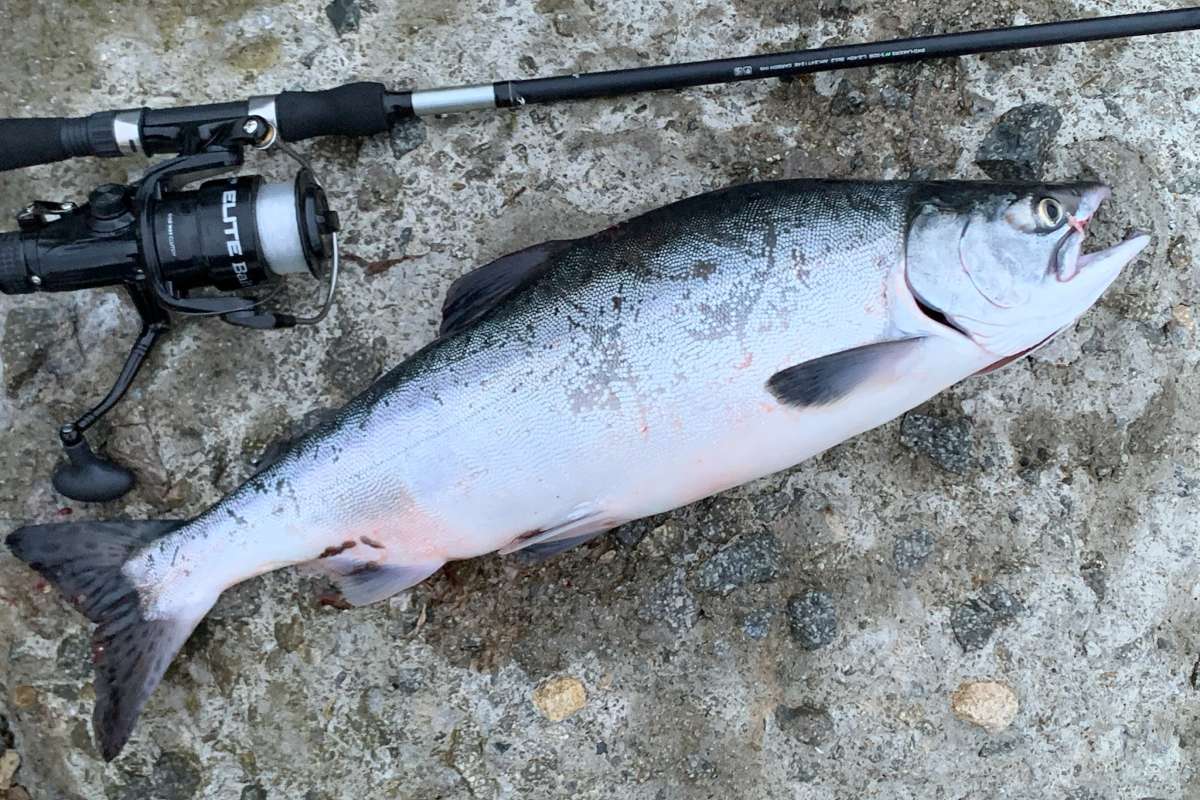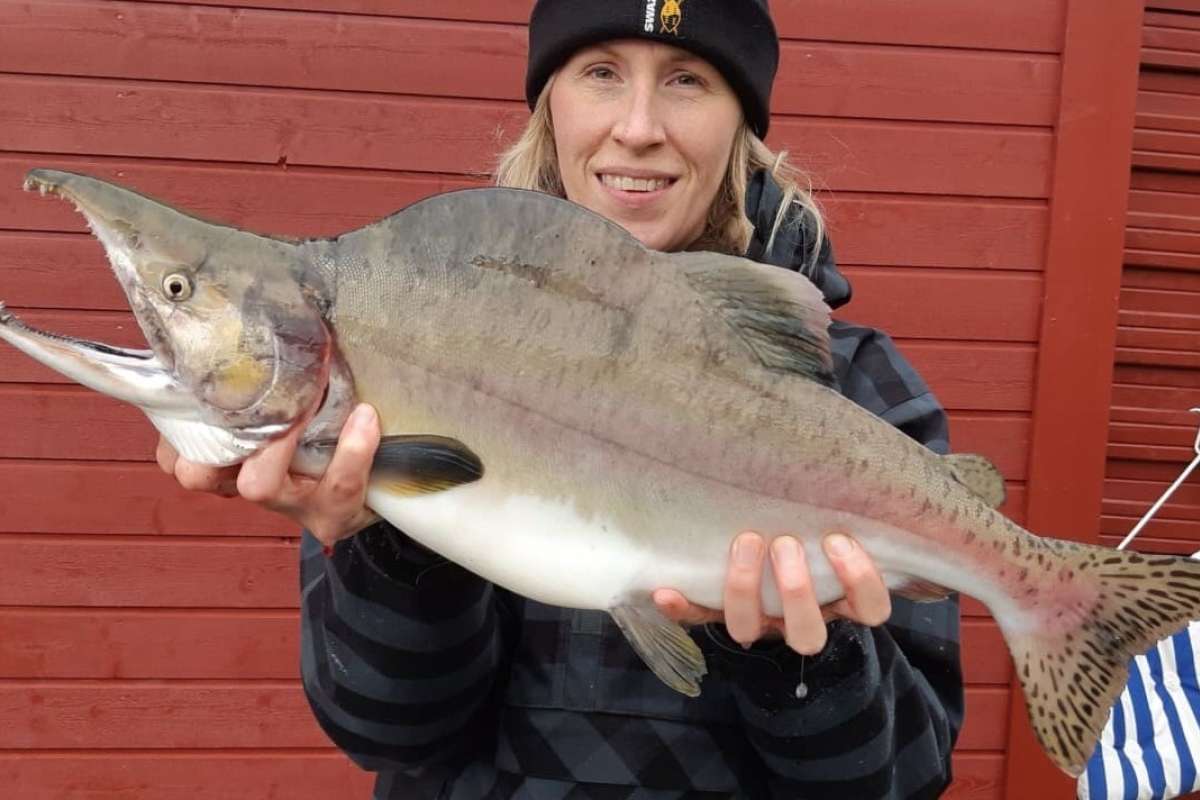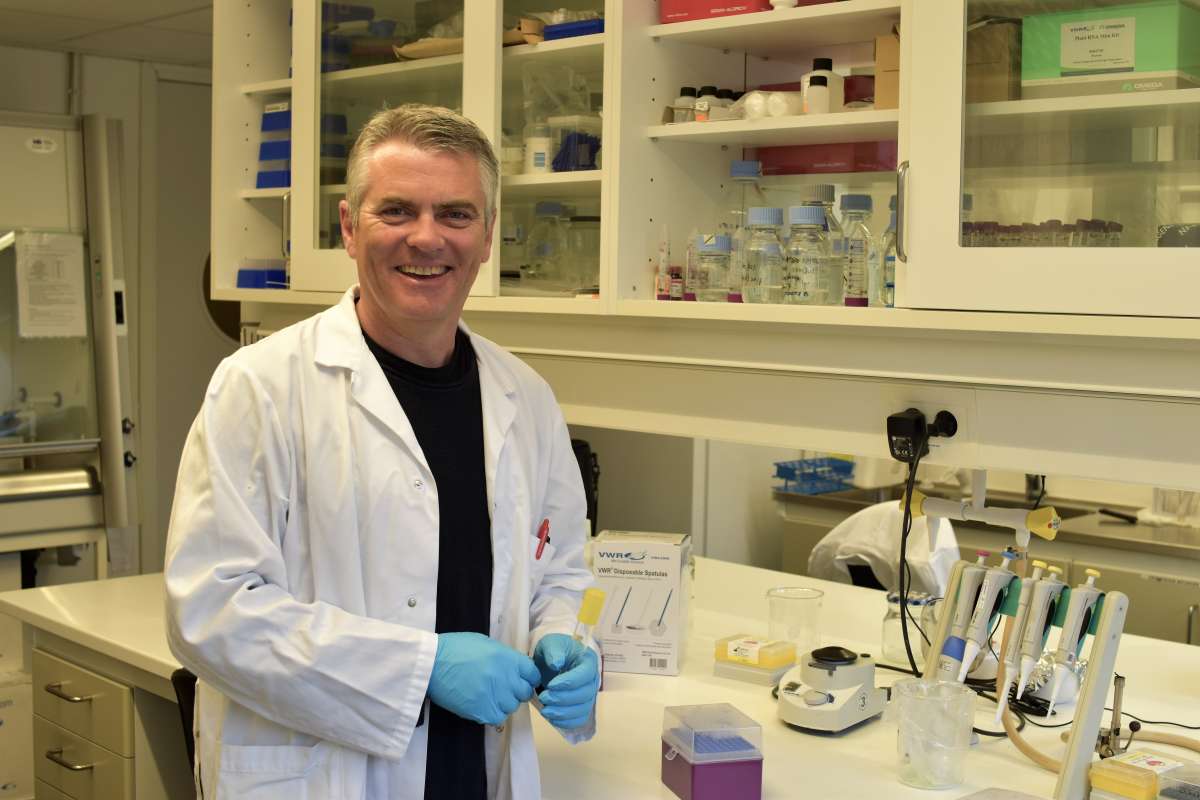Genetisk mangfold
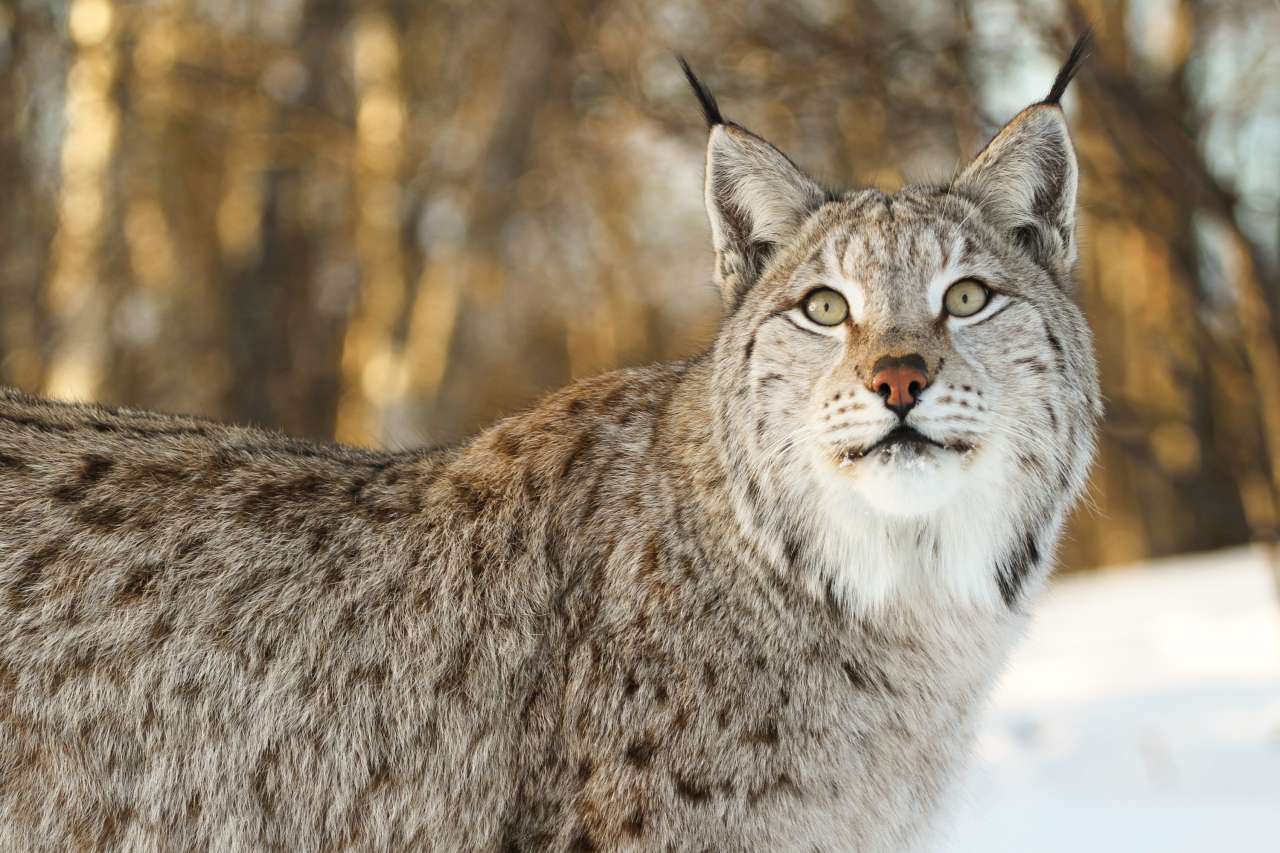
Foto: Erik F. Brandsborg
Genetisk mangfold er et ofte oversett aspekt ved forskning på biologisk mangfold, men det er grunnlaget for høyere nivåer av biologisk mangfold, som populasjoner, arter og økosystemer.
Bakgrunn
NIBIOs forskningsportefølje innen genetikk og genomikk
1. Populasjonsgenetisk forskning for forvaltning av dyrearter
NIBIO bidrar til dyreliv og naturressursforvaltning med genetiske undersøkelser på ulike genetiske indikatorer, som mål på tilknytning, slektskap og innavl, for eksempel.
2. Forskning på fellesskapsnivå via DNA-metabarcoding
Å forstå samfunnets dynamikk (f.eks. endringer i pollinatorsamfunn) blir stadig viktigere for å undersøke og overvåke endringer på grunn av klimaendringer og annet press som ulik arealbruk (f.eks. landbruk), forurensning, invasive arter, etc.
3. Studie av skadedyr og invasive arter og andre trusler som antibiotikaresistens mot naturen
NIBIO studerer effekten av skadedyrarter og trusler som antibiotikaresistens på naturlige miljøer med genetiske verktøy.
KONTAKTPERSON

KONTAKTPERSON

Publikasjoner
Forfattere
Annika Herrero Cornelya Klutsch Katja Holmala Simo Maduna Alexander Kopatz Hans Geir Eiken Snorre HagenSammendrag
Conservation and management of large carnivores requires knowledge of female and male dispersal. Such information is crucial to evaluate the population’s status and thus manage ment actions. This knowledge is challenging to obtain, often incomplete and contradictory at times. The size of the target population and the methods applied can bias the results. Also, population history and biological or environmental influences can affect dispersal on differ ent scales within a study area. We have genotyped Eurasian lynx (180 males and 102 females, collected 2003–2017) continuously distributed in southern Finland (~23,000 km2 ) using 21 short tandem repeats (STR) loci and compared statistical genetic tests to infer local and sex-specific dispersal patterns within and across genetic clusters as well as geo graphic regions. We tested for sex-specific substructure with individual-based Bayesian assignment tests and spatial autocorrelation analyses. Differences between the sexes in genetic differentiation, relatedness, inbreeding, and diversity were analysed using popula tion-based AMOVA, F-statistics, and assignment indices. Our results showed two different genetic clusters that were spatially structured for females but admixed for males. Similarly, spatial autocorrelation and relatedness was significantly higher in females than males. How ever, we found weaker sex-specific patterns for the Eurasian lynx when the data were sepa rated in three geographical regions than when divided in the two genetic clusters. Overall, our results suggest male-biased dispersal and female philopatry for the Eurasian lynx in Southern Finland. The female genetic structuring increased from west to east within our study area. In addition, detection of male-biased dispersal was dependent on analytical methods utilized, on whether subtle underlying genetic structuring was considered or not, and the choice of population delineation. Conclusively, we suggest using multiple genetic approaches to study sex-biased dispersal in a continuously distributed species in which pop ulation delineation is difficult.
Forfattere
Cornelya Klutsch Simo Maduna Natalia Polikarpova Kristin Forfang Benedicte Lissner Beddari Karl Øystein Gjelland Paul Eric Aspholm Per-Arne Amundsen Snorre HagenSammendrag
Maintaining standing genetic variation is a challenge in human-dominated landscapes. We used genetic (i.e., 16 short tandem repeats) and morphological (i.e., length and weight) measurements of 593 contemporary and historical brown trout (Salmo trutta) samples to study fine-scale and short-term impacts of different management practices. These had changed from traditional breeding practices, using the same broodstock for several years, to modern breeding practices, including annual broodstock replacement, in the transnational subarctic Pasvik River. Using population genetic structure analyses (i.e., Bayesian assignment tests, DAPCs, and PCAs), four historical genetic clusters (E2001A-D), likely representing family lineages resulting from different crosses, were found in zone E. These groups were characterized by consistently lower genetic diversity, higher within-group relatedness, lower effective population size, and significantly smaller body size than contemporary stocked (E2001E) and wild fish (E2001F). However, even current breeding practices are insufficient to prevent genetic diversity loss and morphological changes as demonstrated by on average smaller body sizes and recent genetic bottleneck signatures in the modern breeding stock compared to wild fish. Conservation management must evaluate breeding protocols for stocking programs and assess if these can preserve remaining natural genetic diversity and morphology in brown trout for long-term preservation of freshwater fauna.
Sammendrag
The degree of gene flow within and among populations, i.e. genetic population connectivity, may closely track demographic population connectivity. Alternatively, the rate of gene flow may change relative to the rate of dispersal. In this study, we explored the relationship between genetic and demographic population connectivity using the Scandinavian brown bear as model species, due to its pronounced male dispersal and female philopatry. Thus, we expected that females would shape genetic structure locally, whereas males would act as genetic mediators among regions. To test this, we used eight validated microsatellite markers on 1531 individuals sampled noninvasively during country-wide genetic population monitoring in Sweden and Norway from 2006 to 2013. First, we determined sex-specific genetic structure and substructure across the study area. Second, we compared genetic differentiation, migration/gene flow patterns, and spatial autocorrelation results between the sexes both within and among genetic clusters and geographic regions. Our results indicated that demographic connectivity was not a reliable indicator of genetic connectivity. Among regions, we found no consistent difference in long-term gene flow and estimated current migration rates between males and females. Within regions/genetic clusters, only females consistently displayed significant positive spatial autocorrelation, indicating male-biased small-scale dispersal. In one cluster, however, males showed a dispersal pattern similar to females. The Scandinavian brown bear population has experienced substantial recovery over the last decades; however, our results did not show any changes in its large-scale population structure compared to previous studies, suggesting that an increase in population size and dispersal of individuals does not necessary lead to increased genetic connectivity. Thus, we conclude that both genetic and demographic connectivity should be estimated, so as not to make false assumptions about the reality of wildlife populations.
Forfattere
Rune Andreassen Julia Schregel Alexander Kopatz Camilla Tobiassen Per Knappskog Snorre Hagen Oddmund Kleven Michael Schneider Ilpo Kojola Jouni Aspi Alexander M. Rykov Konstantin F. Tirronen Pjotr I. Danilov Hans Geir EikenSammendrag
Det er ikke registrert sammendrag
Prosjekter

Divisjon for miljø og naturressurser
Interreg-Aurora project: Our Precious Transboundary Waters
The brown trout is a socioeconomically important freshwater fish in both Norway and Finland, where habitat fragmentation, overexploitation, translocations, and stocking have led to nationwide decline especially in populations of large growing, adfluvial brown trout and their genetic integrity. Careful conservation and coordinated, sustainable management of the remaining large growing brown trout populations is crucial. For this purpose, our project focuses on the transboundary Lake Inari-Pasvik River catchment as a bilateral model (reference) system, utilizing and requiring cross-border cooperation between Norway and Finland. We combine information on the genetic status of trout populations in the catchment, introduce new research methods and compare existing stocking programs for providing tools and guidelines to support the knowledge-based conservation and management of adfluvial brown trout populations in Norway and Finland.



